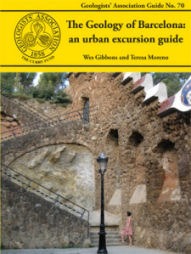This is another of GA’s guides, this time to the geology and geomorphology of the popular holiday destination of the Castleton Area in Derbyshire. I love this area and have visited there both for the geology and the beautiful scenery.
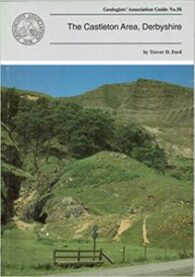

This is another of GA’s guides, this time to the geology and geomorphology of the popular holiday destination of the Castleton Area in Derbyshire. I love this area and have visited there both for the geology and the beautiful scenery.

There are only a few good books on the London Clay and its fossils, but this little guide from the Geologists’ Association is a good start for beginners, children and teenagers. Rockwatch, which published this guide, is the national geology club for young people, the junior club of the GA. Having said that, this guide does not dumb down the information it contains.
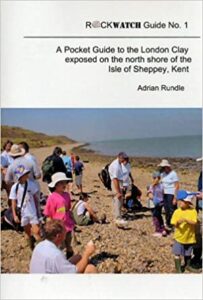
This is certainly a somewhat different sort of book from those I usually review. As it makes clear, women have always played key roles in the field of vertebrate palaeontology, going back centuries. However, other than perhaps the most best known historical female vertebrate palaeontologists, comparatively little is known about these women scientists. As a result, their true contributions have probably been obscured. In this context, the book aims to reveal this hidden history, thereby celebrating the diversity and importance of women VPs.

The island of Cyprus is a truly classic area of geology in Europe. Perhaps nowhere else on Earth does so small an area provide such an excellent illustration of the dynamics of Earth processes through abundant exposures of spectacular and diverse geology.

As the author says, “The abundance and diversity of Foraminifera … make them uniquely useful in studies of modern marine environments and the ancient rock record”. And this book represents an interesting, enjoyable and informative ‘one-stop-shop’ treatment of precisely that subject.
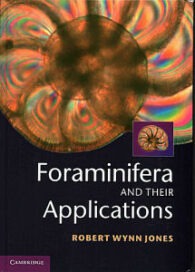
This was the first GA guide I ever bought, and I suspect it is still the best. My copy is more than well-thumbed and water-damaged, through many a happy trip to the south of England to collect, what a friend describes as “white fossils in white rock”.
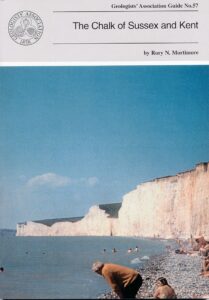
I always wait expectantly for the publication of a new Palaeontological Association guide to fossils and, when they turn up, I am never disappointed. This is undoubtedly another triumph. This guide attempts to bring the diversity of its flora and fauna together in a single work, for the first time.
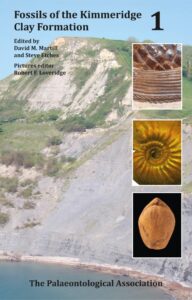
The Geologists’ Association have extended their excellent series of geological guides by producing what some people (including me) would think at first was a slightly self-indulgent couple of volumes on ‘Devonshire Marbles’. However, for my part, I soon realised that this view is entirely wrong.

I sat down to read this over Christmas and what a good read it turned out to be. The appropriate word is ‘eclectic’ – because Measures for Measure is written for all us with an interest in the industrial history of Great Britain, and its impact on the landscape, economy, social history and culture.
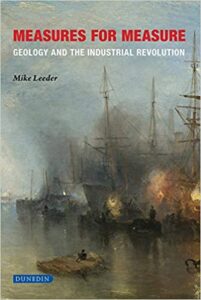
Maybe it’s a result of my social anthropology and geological background, but I found this difficult but fascinating book a great read. It’s about nineteenth century India. It is not about the modern geological science or social anthropology of the subcontinent, but rather, the geological imagination of India, as well as its landscapes and people, and its history.

This is a difficult but nevertheless extremely interesting book. It is written, I think, for academics, but interested amateurs (like I did)will certainly find it stimulating – a mixture of palaeoanthropology and the philosophy of science.

I wish I had this book when I was starting out collecting fossils. It has everything and more you need to take your hobby (and, who know, later a career in palaeontology) to a better, and more advance and fulfilling place. While I will never take the record-keeping and note taking to the levels gently suggested in this very readable book, perhaps if I had read this when I was a teenager, perhaps I would have done.
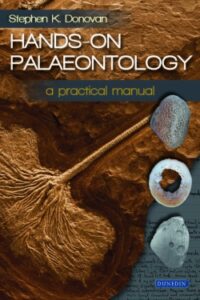
It is a wonderful state of affairs that we can not only now write detailed books about planetary geology and geomorphology of the bodies in the solar system, but we can also illustrate them with wonderful photographs.
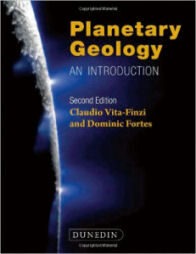
A great number of geology books have been published in recent years about Scottish geology and I have had the privilege of reviewing a number of them. This plethora of publications is not surprising. As this book points out, in the six hundred miles between the Shetland island of Unst in the north to the Mull of Galloway in the south are some of the most interesting, varied and beautiful landscapes in Europe, if not the world.

Introducing Natural Resources is another in the Dunedin Academic Press series of introductions to scientific subjects, in particular, the earth sciences. You will probably be aware that I have positively reviewed a large number of them for this website, and this new guide is no different.
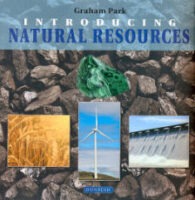
This is an interesting book for those of us who are curious about the complex origins, variety and geological history of the continent of Europe. In particular, it covers and explains the background to its distinct regions and landscapes – from the flat plains of Northern Europe to the Alps and related mountains of the south.
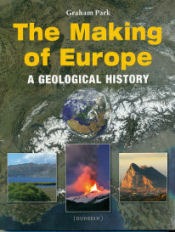
This fascinating book looks at the professional interaction over more than 30 years between a respected husband and wife team of US palaeontologists working for most of their professional lives in Australia and a freelance artist, as he tries to interpret their work and bring to life ancient organisms and environments.
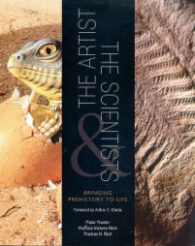
I love geomorphology. I suspect many people are discouraged by its scientific name, but all it means is the study of the earth’s landforms and the processes that create the landscapes we see today. That is, why this coastline looks different from that, why that mountain is a funny shape, why Africa seems to fit into South America like a jigsaw, and so on and so forth.

This is a third, revised edition of a very successful, introductory-level geology guide. In it, the author has taken the opportunity to revise and update the text, and to substitute improved illustrations for some of the old ones.
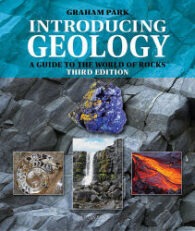
Patagonia has not always been the cold, arid and dry place it is today. About 17Ma – because the Andes were much lower allowing humid winds from the west to reach the area – it consisted of substantial forests and grasslands. It was also inhabited by strange and wonderful animals, many of which are now extinct.
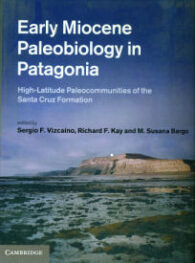
In recent years, there has been a lot written on the fossils of the UK Chalk. However, this guide was the first and is still probably the best for identifying and learning about the fossils that can be found in the chalk cliffs and pits of the UK.
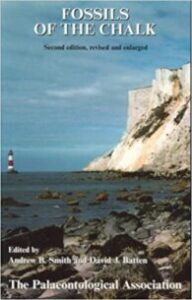
Scotland has been the source of many important fossil discoveries, from the first ever soft body parts of the conodont animal, to Devonian fishes and early tetrapods. Yet, apart from a few very good books, there is next to nothing on the fossils that can be found here. Therefore, this little book comes as a welcome addition to this otherwise barren literary scene.

Like the book, Applications of Palaeontology: Techniques and Case Studies, this book is not for the casual fossil collector. Rather it is for the student, academic, oil industry professional or the more dedicated amateur collector.

Introducing Mineralogy continues the high standard set by its predecessors in the Dunedin series of guides introducing aspects of the different sciences, especially the earth sciences. It is slightly larger than some of the others, but is still beautifully illustrated, nicely written and very informative.
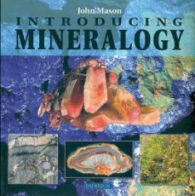
The Geologists’ Association is making something of a name for itself when it comes to pushing the envelope in geological publishing in the UK. It has already produced guides to the geology of non-UK locations and I have reviewed a new guide to the roadside geology of Wales. In itself, that was quite a departure, but so is the book under review – a guide to the ‘urban geology’ of Barcelona.
